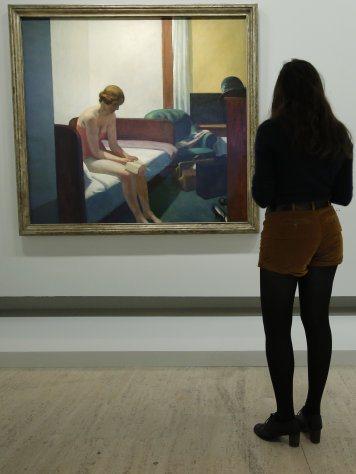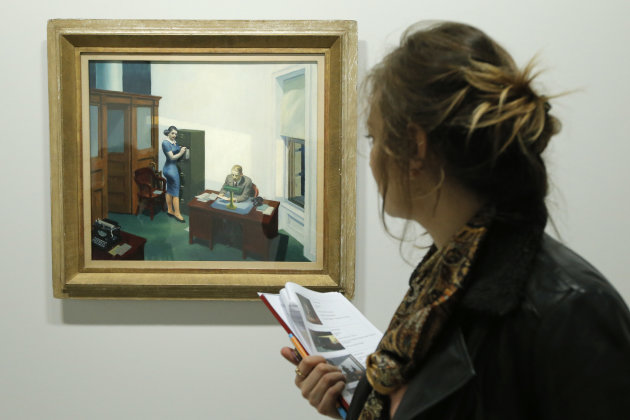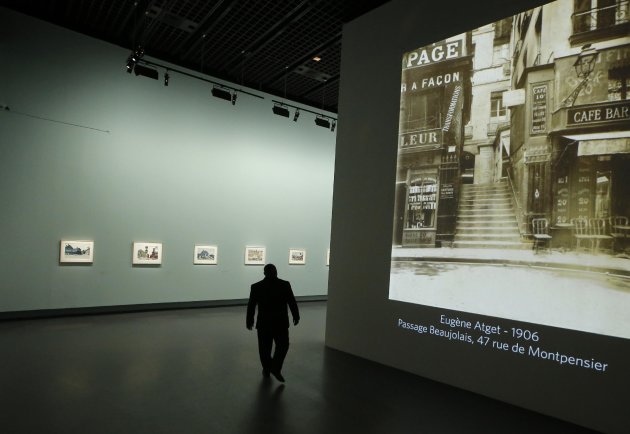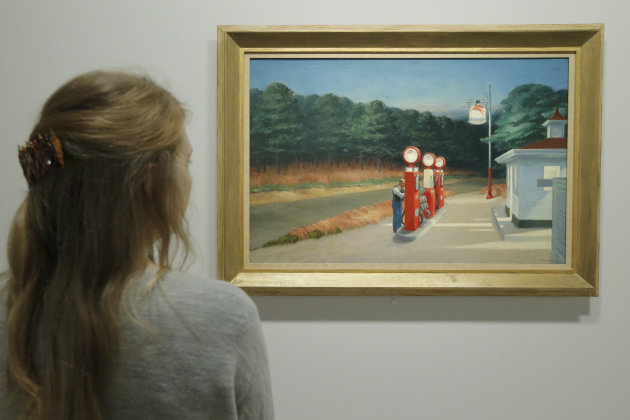An Essay of Opinion by William Deresewicz, from the New York Times of October 26, 2012
“Eat, Pray, Love,” the title goes, but a lot of peopleLike art, food is also a genuine passion that people like to share with their friends. Many try their hands at it as amateurs — the weekend chef is what the Sunday painter used to be — while avowing their respect for the professionals and their veneration for the geniuses. It has developed, of late, an elaborate cultural apparatus that parallels the one that exists for art, a whole literature of criticism, journalism, appreciation, memoir and theoretical debate. It has its awards, its maestros, its televised performances. It has become a matter of local and national pride, while maintaining, as culture did in the old days, a sense of deference toward the European centers and traditions — enriched at a later stage, in both cases, by a globally minded eclecticism.
Just as aestheticism, the religion of art, inherited the position of Christianity among the progressive classes around the turn of the 20th century, so has foodism taken over from never make it past the first. Nor do they have to. Food now expresses the symbolic values and absorbs the spiritual energies of the educated class. It has become invested with the meaning of life. It is seen as the path to salvation, for the self and humanity both.
Just as aestheticism, the religion of art, inherited the position of Christianity among the progressive classes around the turn of the 20th century, so has foodism taken over from never make it past the first. Nor do they have to. Food now expresses the symbolic values and absorbs the spiritual energies of the educated class. It has become invested with the meaning of life. It is seen as the path to salvation, for the self and humanity both.
But food, for all that, is not art. Both begin by addressing the senses, but that is where food stops. It is not narrative or representational, does not organize and express emotion. An apple is not a story, even if we can tell a story about it. A curry is not an idea, even if its creation is the result of one. Meals can evoke emotions, but only very roughly and generally, and only within a very limited range — comfort, delight, perhaps nostalgia, but not anger, say, or sorrow, or a thousand other things. Food is highly developed as a system of sensations, extremely crude as a system of symbols. Proust on the madeleine is art; the madeleine itself is not art.
A good risotto is a fine thing, but it isn’t going to give you insight into other people, allow you to see the world in a new way, or force you to take an inventory of your soul.
Yes, food centers life in France and Italy, too, but not to the disadvantage of art, which still occupies the supreme place in both cultures. Here in America, we are in danger of confusing our palates with our souls.
Read more at:










5 comments